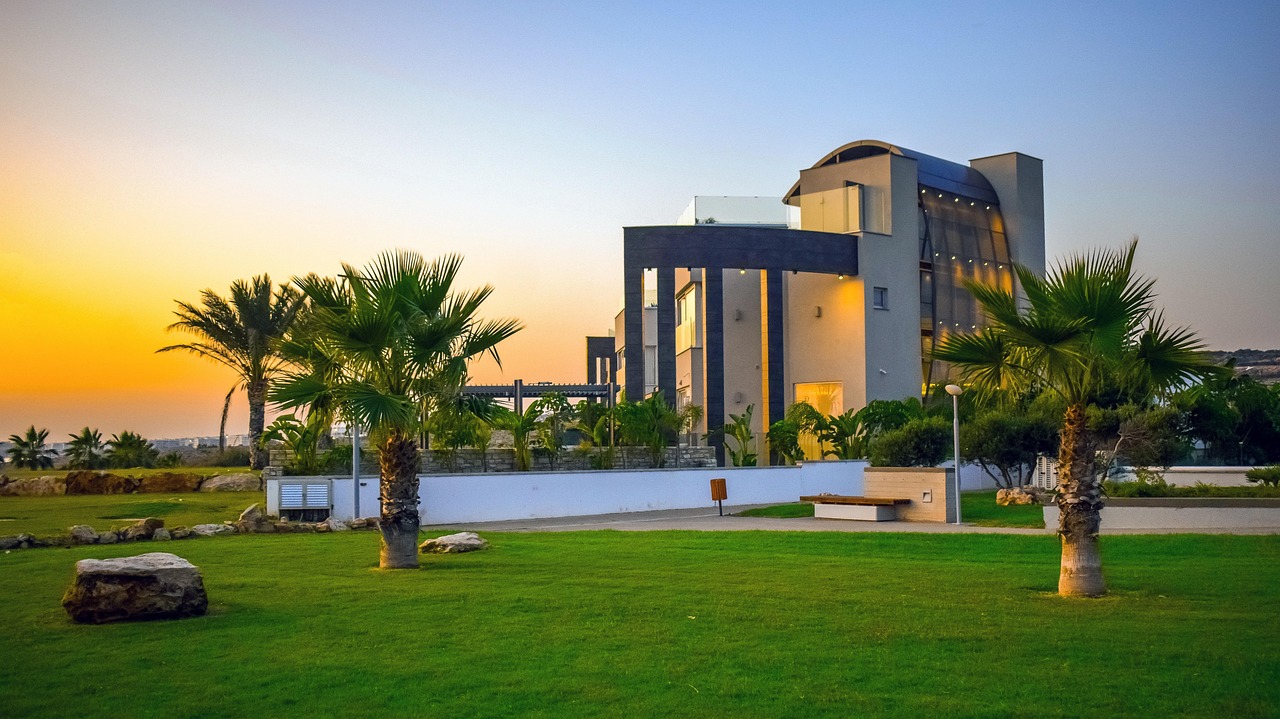For many outdoor cooking enthusiasts, the charcoal grill represents more than just a cooking appliance; it is a tool that brings people together, creating an atmosphere of camaraderie and delicious aromas wafting through the air. Charcoal grilling is an age-old technique that has been cherished for its ability to impart a unique, smoky flavour to food, unmatched by other grilling methods. This article delves into the art of charcoal grilling, its advantages, and tips on how to master it.
Charcoal grilling is often celebrated for the distinct taste it imparts to food. The smoke produced by the burning charcoal infuses meats, vegetables, and even fruits with a rich, smoky flavour that is difficult to replicate with gas grills or other cooking methods. This process not only enhances the natural flavours of the food but also adds a layer of complexity that tantalises the taste buds. To achieve the best results, it is essential to select high-quality charcoal and maintain a consistent temperature throughout the cooking process.
One of the key benefits of using a charcoal grill is its ability to reach higher temperatures than other types of grills. This allows for perfect searing, which locks in the juices of meats and creates a delicious, crispy crust. Additionally, the open flame of a charcoal grill can be used to create the perfect char on vegetables, enhancing their natural sweetness and depth of flavour. Whether you are grilling steaks, burgers, or corn on the cob, the high heat of a charcoal grill can elevate your culinary creations.
To master the art of charcoal grilling, it is important to learn the technique of controlling the grill’s temperature. Unlike gas grills, which offer precise temperature control, charcoal grills require a bit more finesse to maintain the desired heat level. The positioning of the charcoal, the amount of oxygen allowed into the grill, and the use of vents all play a role in regulating the temperature. For lower, slower cooking, such as smoking meats, it is advisable to arrange the charcoal on one side of the grill, creating an indirect heat zone. Conversely, for high-heat cooking, spread the charcoal evenly to create a direct heat zone.
Another aspect to consider when using a charcoal grill is the type of charcoal you choose. Lump charcoal and briquettes are the two main types available. Lump charcoal is made from pure wood and burns hotter and faster, providing a more authentic smoky flavour. Briquettes, on the other hand, burn more consistently and are easier to control, making them ideal for beginners. Experimenting with different types of charcoal can help you find the perfect balance for your grilling needs.
Preparing your grill properly is crucial to achieving mouth-watering results. Ensure the grill is clean and free of any residue from previous use, as this can affect the flavour of your food. Once the charcoal is lit, allow it to burn until it is covered with a layer of white ash, indicating that it is ready for cooking. This typically takes about 15-20 minutes. Placing a drip pan beneath the grill can help manage any flare-ups and prevent charring.
Charcoal grilling is a timeless cooking method that brings an element of authenticity and flavour to outdoor dining experiences. Whether you are a seasoned grill master or a novice eager to learn, the joys of cooking over a charcoal grill are plentiful. For more insights into outdoor cooking and living, explore the resources available on this website. With practice and patience, you can master the art of charcoal grilling and create memorable meals that your family and friends will savour.





